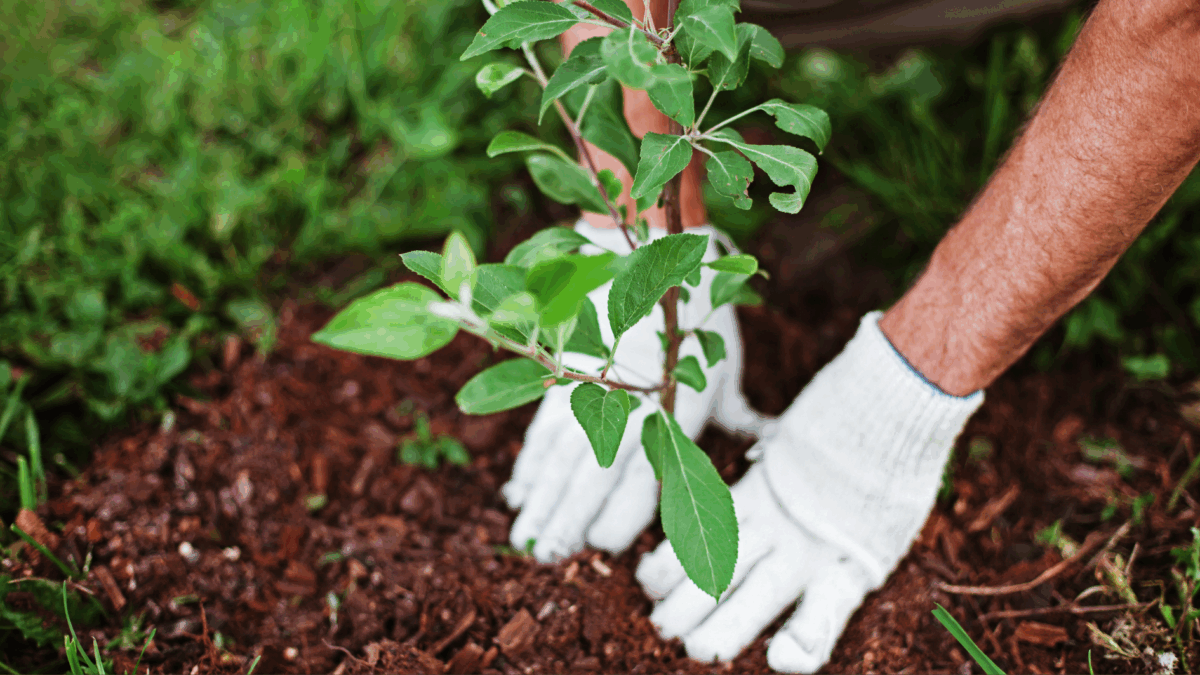As the leaves begin to change and the holidays draw near, many people assume gardening season is coming to a close. But here in Central Texas, November still offers plenty of opportunities to keep your outdoor spaces thriving. Whether you’re refreshing your flowerbeds or starting a small vegetable patch, fall gardening can be both rewarding and beautiful. In your Crosswinds yard, the mild climate and ample sunshine give you an excellent foundation to grow cool-season vegetables, vibrant flowers, and fresh herbs.
Best Plants for November in Central Texas
Even as fall takes hold, your garden can continue to grow with the right selections. November is a great time to plant cool-season vegetables that prefer crisp air and less intense sunlight. Vegetables like carrots, kale, spinach, and lettuce do especially well in the cooler soil, and many of these crops can be harvested well into the winter months if properly cared for. These leafy greens not only bring fresh flavor to your kitchen but also help teach children about where their food comes from.
Herbs such as cilantro, parsley, and chives also thrive this time of year. They are easy to grow in both backyard gardens and containers, making them an excellent choice for families who enjoy cooking at home. For a bit of color, consider planting pansies, snapdragons, and ornamental cabbage. These flowers bring vibrant beauty to your beds and entryways, brightening up your landscape as summer blooms begin to fade.
Soil and Sun Considerations
Preparing your garden beds in November starts with paying attention to the soil. Loosen the dirt, remove any leftover debris from summer plants, and mix in compost or soil conditioner to add nutrients. Raised beds work well for vegetables and herbs, as they offer better drainage and are easier to manage with younger helpers.
Texas offers a unique advantage for fall planting due to its warm days and cooler nights. These conditions give your plants a chance to establish roots without being stressed by extreme temperatures. Most plants still require full sun to thrive, so make sure your garden beds or pots receive at least six hours of direct sunlight daily. If certain areas are shaded by fences or trees, save those spots for shade-tolerant herbs or flowers that don’t mind a little protection.
Tips for Maintenance and Care
Once your plants are in the ground, keeping them healthy through November takes just a bit of attention. Watering in the early morning is ideal to reduce evaporation and prevent mold growth overnight. Even though temperatures may feel cooler, your garden still needs consistent moisture, especially in dry spells. Mulch can help regulate soil temperature and retain water, giving your plants a stable environment to grow in.
As Texas weather can shift quickly, it’s a good idea to keep an eye on the forecast. While frosts are rare this early in the season, it helps to have a few light covers on hand just in case. Cloth sheets, garden blankets, or even large upside-down pots can provide short-term protection for tender plants. With minimal effort, your garden can stay vibrant and productive well into the winter months.
Gardening as a Family Activity
Fall gardening can be a fun way to spend time with the entire family! Kids can help plant seeds, pull weeds, or water the garden while learning about patience and responsibility. You can even make simple DIY garden markers using craft sticks and paint or recycled materials. These little touches add personality to your garden and give children a sense of ownership in the process.
Crosswinds families often take advantage of the open green spaces and large backyards to enjoy outdoor activities together. Gardening can be a part of that lifestyle, providing fresh air, physical activity, and quality time away from screens. Whether you’re growing herbs in pots or building out raised vegetable beds, it’s an experience that brings families together season after season.
Happy Planting!
November is far from the end of the gardening season in Central Texas. In fact, it might just be one of the best times to get outside, dig into the soil, and bring new life to your yard. With the right plants, a little preparation, and some help from your family, your garden can thrive in the fall and provide beauty and bounty through the months ahead.
If you’re dreaming of having your own backyard to grow and explore, now is a great time to learn more about life at Crosswinds. Visit our Contact Page to get in touch and discover how you can plant roots in a community that truly grows with you.


